
1. 表示一般意义的“愉快”“高兴”“快乐”等,是不可数名词;表示具体的“乐事”“快事”等,是可数名词。比较:
同你谈话(我们)很愉快。
正:It gives us much pleasure to talk with you.
正:It is a pleasure to talk with you.
May we have the pleasure of your company for lunch? 请和我们共进午餐好吗?
There’s nothing to compare with the pleasure of being with you. 跟你在一起是无比的愉快。
有时也后接in doing sth,但此时的pleasure前通常不用冠词。如:
He takes great pleasure in teaching children. 他很喜欢教小孩。
Children find endless pleasure in playing with water. 小孩子从玩水中可以找到无穷的乐趣。
注意下面这样的句子,句首的it为形式主语,其后后通常可接不定式(用作句子真正主语)。如:
It gives me great pleasure to grow flowers. 种花给很大的乐趣。
3. 注意:下面两句从语法结构上看是一样的,但是从交际角度上看,第二句不可接受的:
正:May I have the pleasure of dancing with you? 我可以和你跳舞吗?
误:Will you have the pleasure of dancing with me?
4. 比较 my pleasure和 with pleasure:前者用来回答感谢,意为“不用谢”;后者用来答应对方的请求或邀请等,意为“可以”“没问题”。如:
A:Thank you for helping me. 谢谢你帮了我。
B:My pleasure. 别客气。
A:Will you lend me the book? 这本书你借给我好吗?
B:With pleasure. 可以。
注:回答感谢,除可用 my pleasure 外,还可用:(It’s) a pleasure. / (It’s) my pleasure. / Pleasure was all mine. 等。
相关推荐
1. 表示到如此之距离,可视为far的加强说明,此时可根据情况选用时态。如: My feet are very sore from walking so far. 走了这么远的路,我的脚非常痛。 My mother lives so far away that we…[阅读全文]
从含义上看,两者是一组反义词,但它们在用法却极为相似: 1. 两者均可用于句首引出某人或某事物,此时若主语是名词,则倒装(即主语放在谓语动词之后)。如: Look, here comes the teacher! 瞧…[阅读全文]










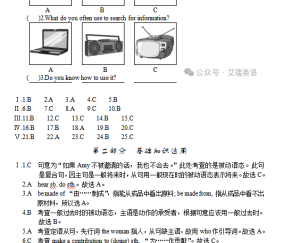
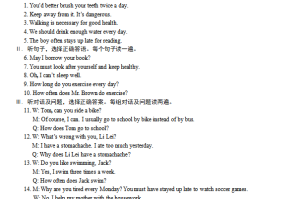


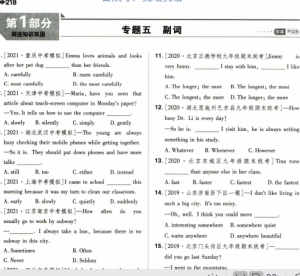
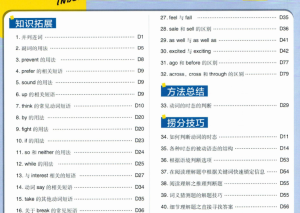
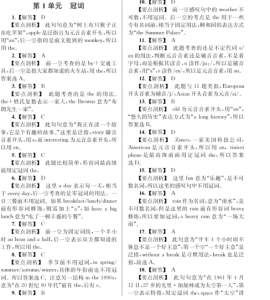
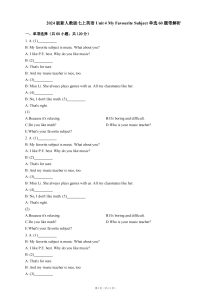


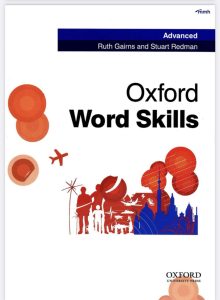
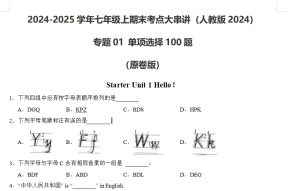
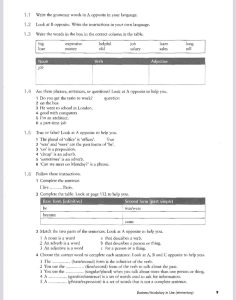


暂无评论内容